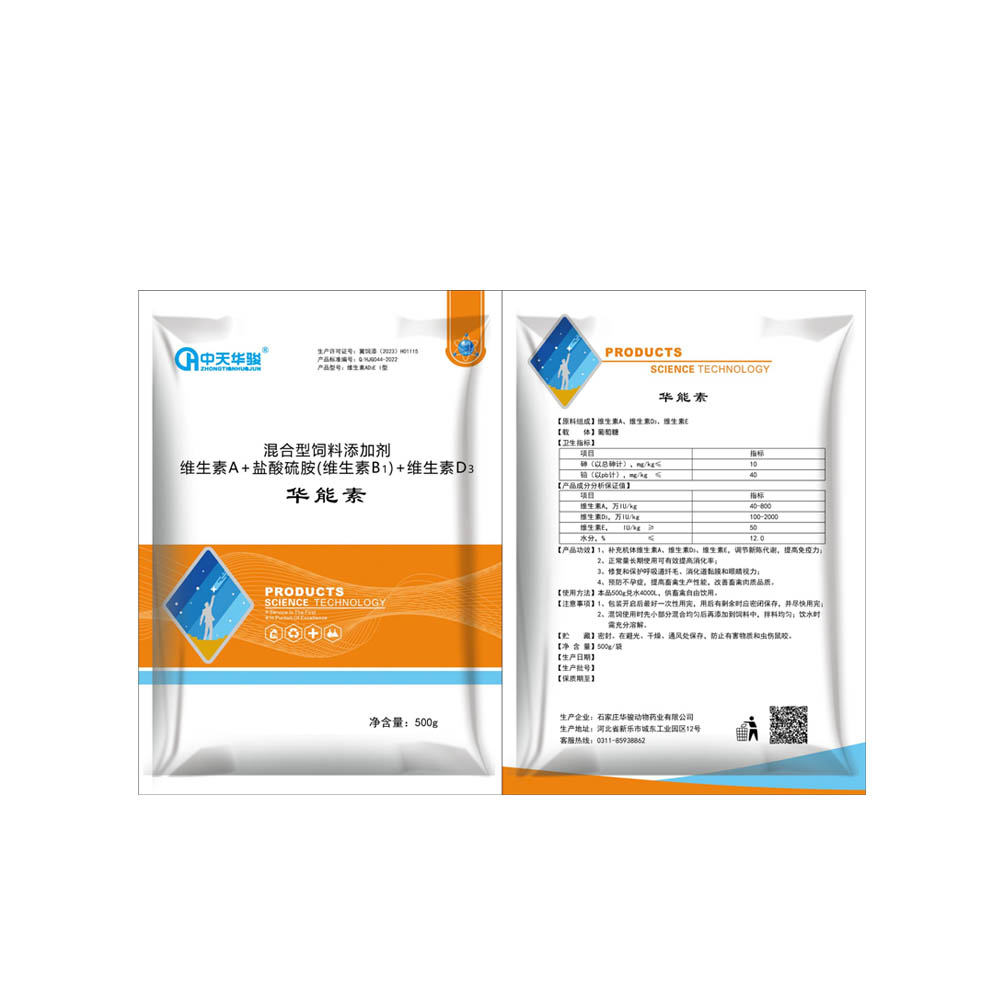
Jul . 23, 2024 14:31 Back to list
Understanding Coccidiosis in Chickens in China Causes, Symptoms, and Control Measures
Coccidia in Chickens Understanding and Managing these Parasites
Coccidia are microscopic protozoan parasites that belong to the Eimeria genus and are prevalent in poultry, particularly among chickens. They thrive in the intestines of infected birds, leading to a disease known as coccidiosis, which is one of the most common and economically significant diseases affecting the poultry industry worldwide, including in China. Understanding the life cycle, impact, and management of coccidia is crucial for poultry farmers to maintain healthy flocks and ensure optimal production.
The life cycle of coccidia is complex, involving both asexual and sexual reproduction within the host. Chickens become infected when they ingest oocysts, the infectious form of the parasite, typically found in contaminated feed, water, or litter. Once ingested, the oocysts hatch and release sporozoites that invade the intestinal cells, where they multiply and eventually cause cell death. This leads to enteritis, resulting in diarrhea, weight loss, and, in severe cases, death. The most vulnerable to coccidiosis are young chickens, particularly those under six weeks of age, as their immune systems are still developing.
Coccidia in Chickens Understanding and Managing these Parasites
Preventing and controlling coccidiosis requires a multi-faceted approach. Firstly, biosecurity measures are essential to minimize the risk of infection. This includes maintaining clean surroundings, providing proper sanitation of housing, and managing feed and water sources to prevent contamination. Regular cleaning and disinfection of chicken coops and equipment can significantly reduce the environmental load of coccidian oocysts.
china coccidia chickens

Additionally, vaccination is a powerful tool in the fight against coccidiosis. Many commercial vaccines are available that help stimulate the immune response in chickens, providing protection against specific strains of Eimeria. Administering these vaccines in conjunction with a strategic management plan can greatly enhance flock health and reduce the incidence of coccidiosis.
Another important aspect is the use of anticoccidial medications. These products can be incorporated into feed or water, offering a preventive approach against coccidial infections. However, the use of these drugs should be carefully managed to avoid the development of drug resistance, which has been a growing concern in the poultry industry. Farmers must also follow the guidance of veterinarians or animal health professionals to ensure that they use the most effective and appropriate products for their specific situation.
Furthermore, maintaining a good nutritional program plays a vital role in minimizing stress and improving the immune response of chickens. A well-balanced diet that includes essential vitamins and minerals can bolster the chickens’ natural defenses, making them more resilient to infections.
In conclusion, coccidia pose a significant threat to chicken health and poultry production. Through effective management strategies, including biosecurity, vaccination, and proper nutrition, poultry farmers can mitigate the effects of coccidiosis. In China, where the poultry industry is a vital component of the agricultural economy, addressing coccidia challenges is imperative to ensure the health of flocks and the sustainability of production practices. By staying informed and proactive, farmers can protect their investments and contribute to a healthier food supply.
-
Acute Salpingitis and Oophoritis AI Factory
NewsJul.31,2025
-
Premium China Bacillus Subtilis Supplier & Factory Solutions
NewsJul.30,2025
-
Premium Avermectin Supplier in China | Custom Solutions Available
NewsJul.29,2025
-
China Bacillus Subtilis Supplier - Custom Factory Solutions
NewsJul.29,2025
-
China Salivation: Leading Custom Salivation Supplier & Factory Solutions
NewsJul.29,2025
-
Leading Lincomycin Hydrochloride Manufacturer & Supplier with High Purity
NewsJul.29,2025




